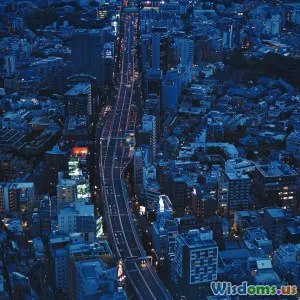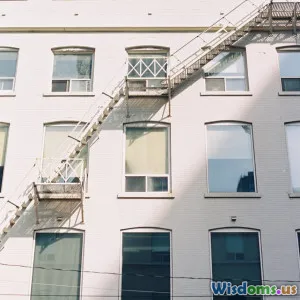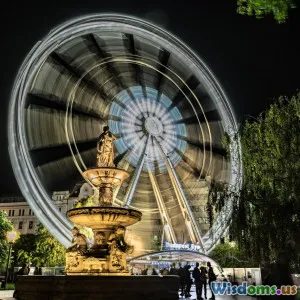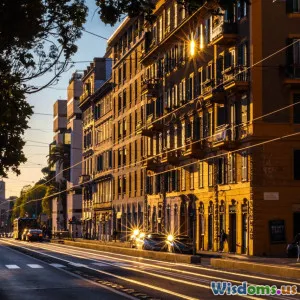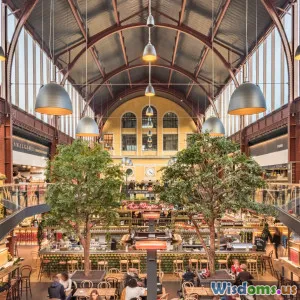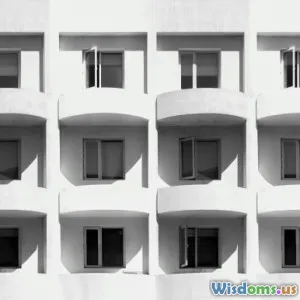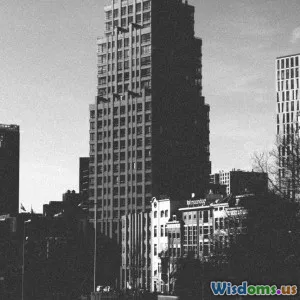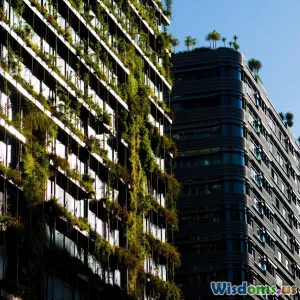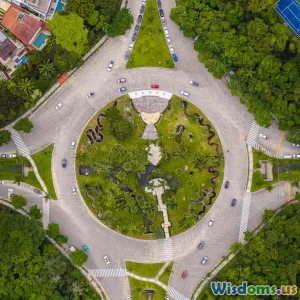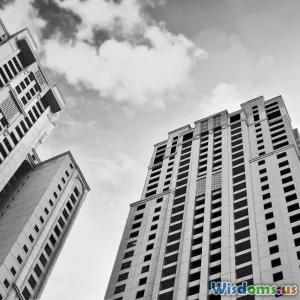
What New Construction Brings Residents Back To Downtown
14 min read Explore how new construction projects are revitalizing downtown areas and attracting residents back to urban cores. (0 Reviews)
What New Construction Brings Residents Back To Downtown
There’s a quiet revolution underway on the city streets: after decades of urban flight and sprawling suburbs, downtown districts are bustling again. Across North America and beyond, new construction isn’t just transforming skylines—it’s drawing people, energy, and innovation right back to the urban core. But what’s really driving the downtown comeback, and how can cities and developers ensure new projects genuinely enrich their communities? Let’s explore the resurgence—and the lived experience—of downtown’s next chapter.
Reimagining Urban Living for the Modern Resident
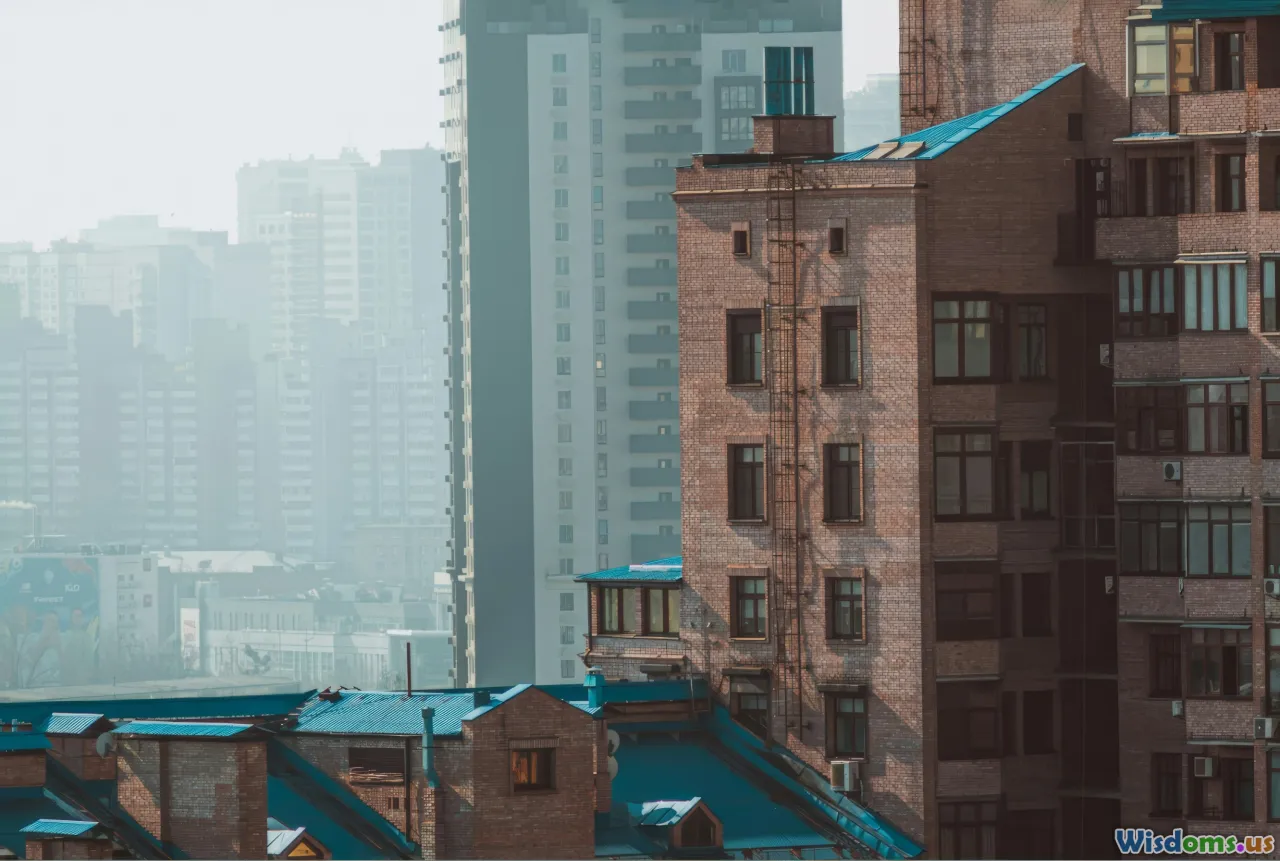
The old stereotype of cramped, aging buildings is giving way to fresh ideas in urban living. New construction in downtowns now emphasizes comfort, aesthetic appeal, and smart technology.
The Appeal of Modern Residences
Today’s newly built apartments and condominiums offer expansive windows, high ceilings, and thoughtfully designed amenities—fitness centers, coworking lounges, rooftop terraces, and pet spas. For example, in Pittsburgh’s downtown, the "The Lumière Apartments" provide residents with a rooftop deck overlooking the city and a spa-style dog washing station, blending luxury with pet-friendly convenience. Similarly, cities like Austin and Nashville have seen an explosion of stylish high-rises with resident-only pools, grill stations, and yoga studios.
Tech-Forward and Sustainable
Developers are making sustainability and technology selling points: EV charging stations, solar panels, smart thermostats, energy-efficient lighting, and rainwater recycling systems commonly feature in new downtown construction. In Portland, Oregon, the eco-friendly "Framework" building—though ultimately canceled due to funding, but widely cited—inspired others to incorporate innovative, mass timber construction for lower environmental impact and chic aesthetics.
These features aren’t just bells and whistles; they’re competitive necessities. As more people work remotely, home becomes a hub—offering both sanctuary and a launchpad for personal and professional pursuits.
Building Communities, Not Just Buildings
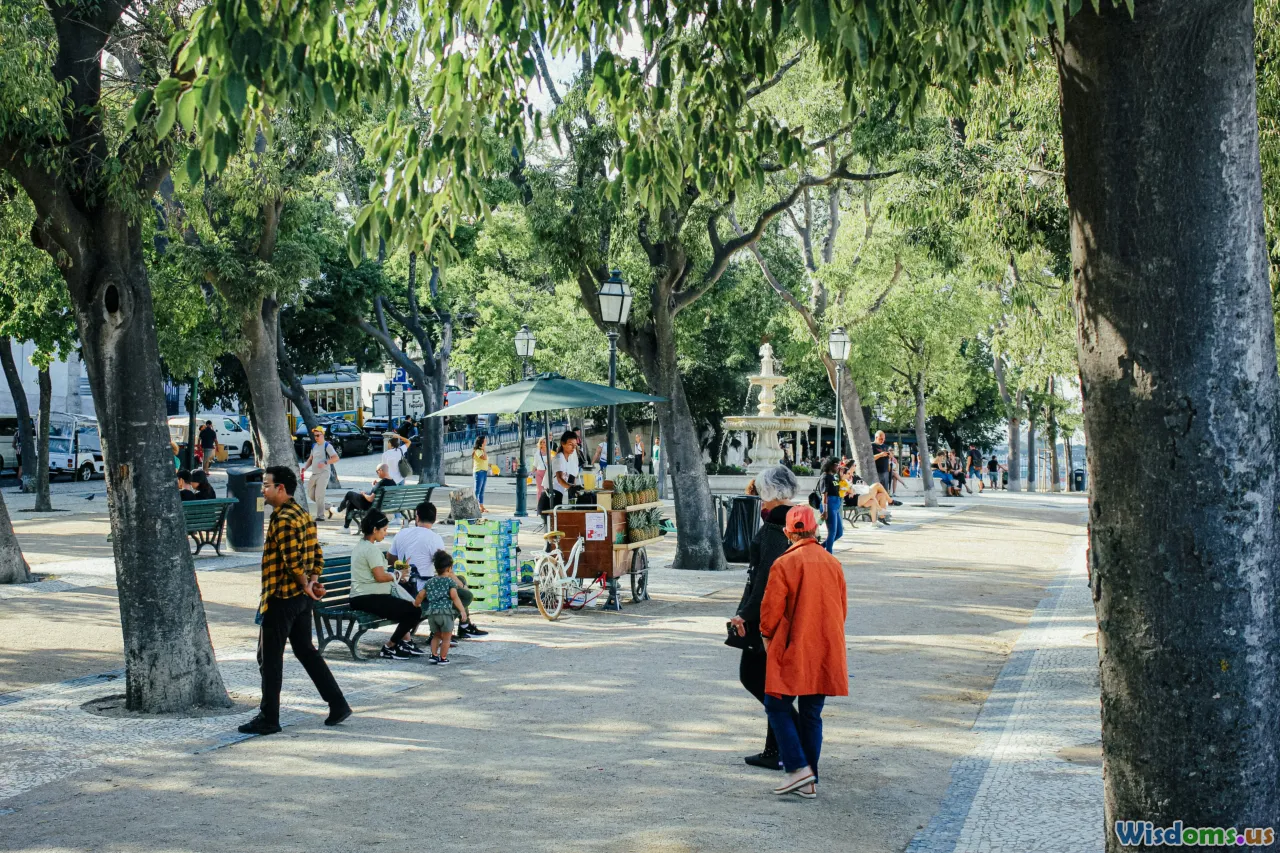
It’s not just about where you live, but how you live, and with whom. New downtown developments focus intently on fostering social interactions and a genuine sense of community—key ingredients for attracting and retaining urban residents.
Mixed-Use Marvels
Modern projects usually mix residential units with retail, dining, coworking, and healthcare. For example, the "Crosstown Concourse" in Memphis reimagined a 1927 Sears warehouse as a ‘vertical urban village’ housing art galleries, restaurants, health clinics, and apartments. Residents love grabbing coffee in their own building or attending weekly block parties—all within steps of home.
Shared Spaces Drive Connection
From public plazas and roof gardens to dog parks and maker spaces, new construction ensures residents bump elbows and build relationships. Stir up regular programming—a farmer’s market, a movie night, a community hackathon—and suddenly, ‘downtown’ feels tight-knit again. Detroit’s "Downtown Street Eats", held in Cadillac Square, is a food truck pavilion where locals lunch together, sparking new friendships.
Designed for Diversity
Top cities however recognize that a healthy downtown is an inclusive, affordable one. Projects now include mixed-income housing units, senior-friendly options, and accessible design for the differently-abled. In Toronto, the Regent Park redevelopment mixed subsidized and market-rate housing with new schools, parks, and service centers, reversing decades-old stigmas and attracting a range of residents.
Rethinking Urban Mobility and Walkability
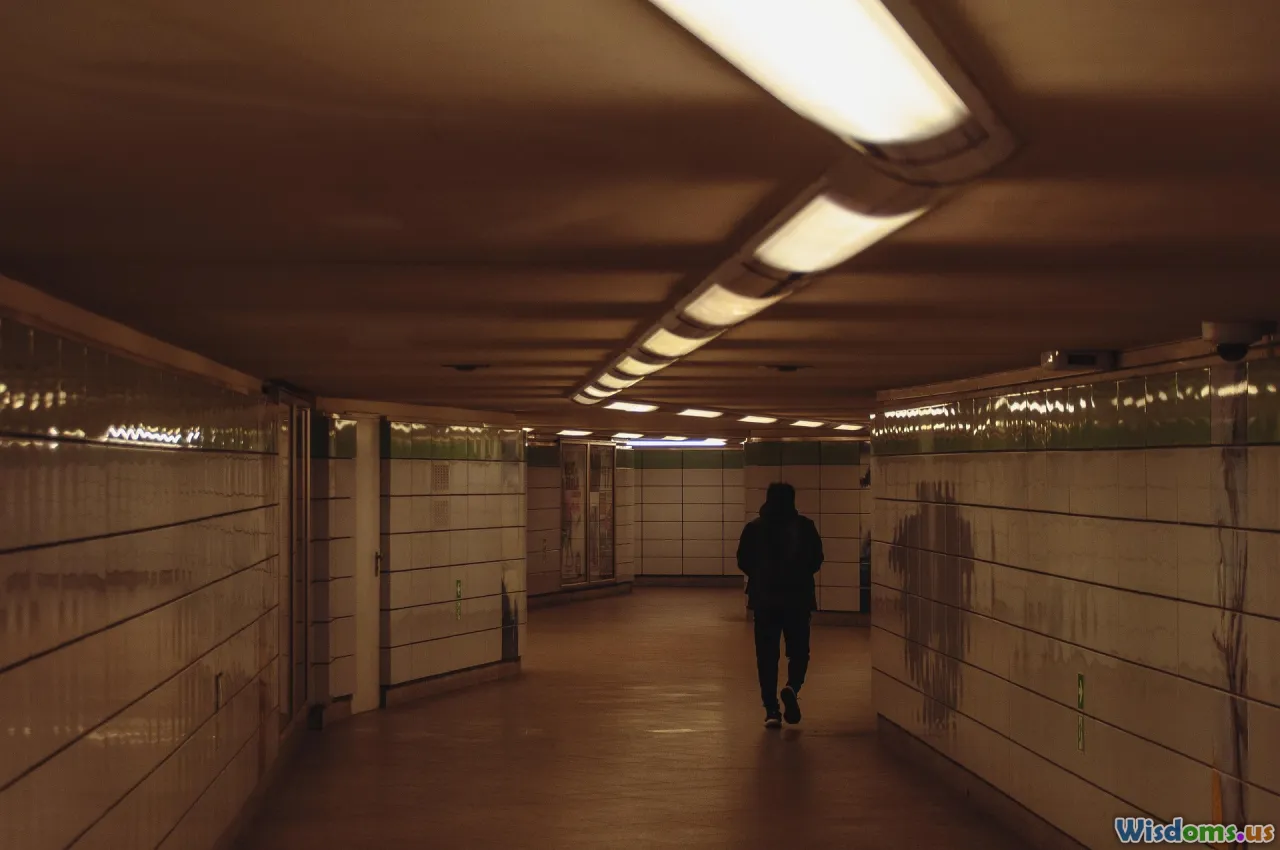
Nothing draws people back downtown like ditching their cars and rediscovering the joys of a walkable or bikeable life. New construction amplifies these advantages by knitting seamlessly into the fabric of transit and pedestrian infrastructure.
Transit-Oriented Developments (TODs)
Transit-oriented developments are popping up near major subway, light rail, or bus corridors. In Denver’s Union Station redevelopment, new residential towers literally wrap around a multimodal transit hub, putting apartments, shops, and offices within minutes of trains, buses, and bike share docks. Studies show TODs can reduce household car ownership by as much as 44%, making them a magnet for young professionals and families alike.
Streets Designed for People
Great sidewalk networks, protected bike lanes, wide crosswalks, and street-level retail encourage people to stroll. In Boulder, Colorado, the Pearl Street Mall is a car-free shopping corridor lined with patios, sculpture, and lush gardens. As part of new builds, cities often require ‘active street frontages’—ground-floor uses like cafés and galleries—instead of blank concrete walls.
Accessibility and Micro-Mobility
With dozens of e-scooter and bike-sharing schemes, plus improvements in wheelchair access and curb design, new developments help everyone (regardless of mobility) take part in luxurious, car-light living.
The Allure of Cultural Hubs and Life After Dark
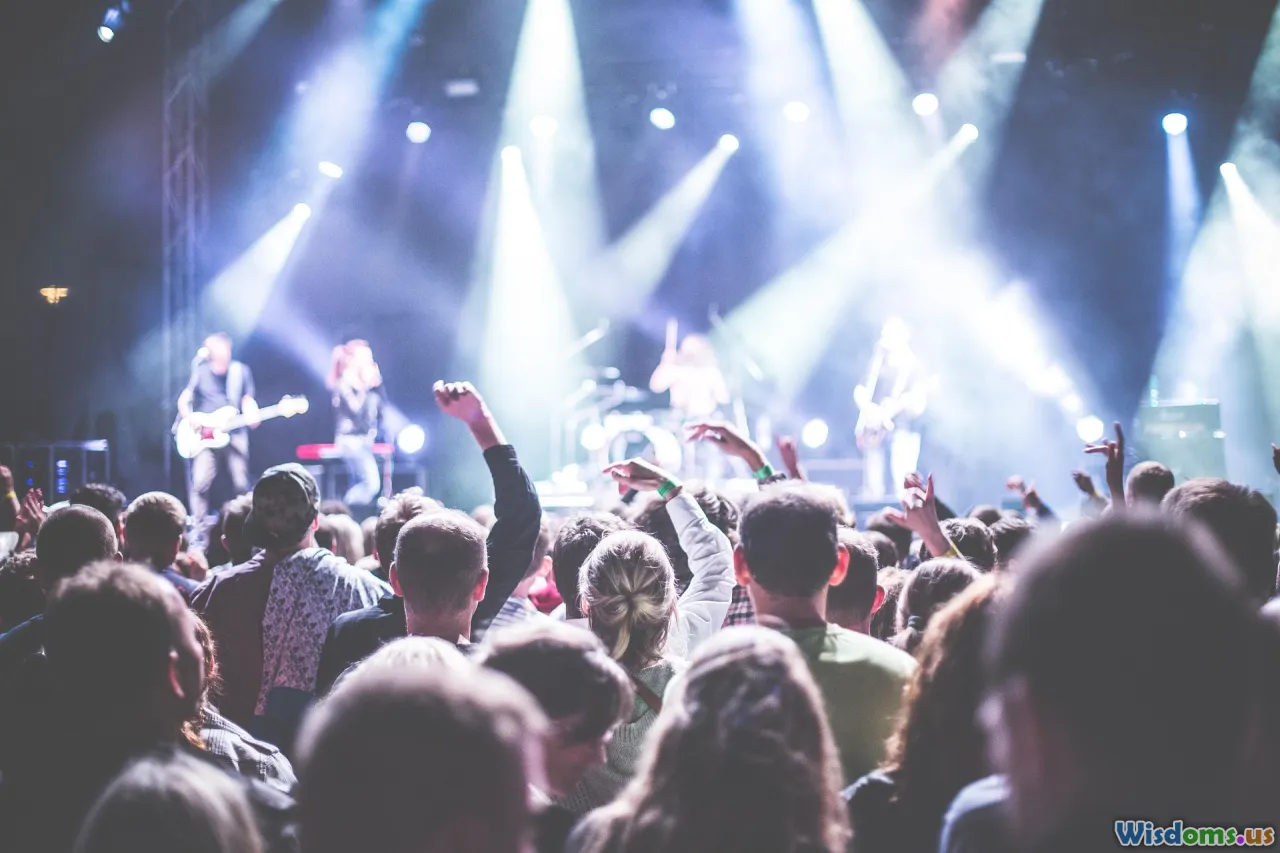
People want more than just a place to sleep: downtown living means culture, food, and entertainment just a few blocks away. New construction is fueling a renaissance for city nightlife and the arts.
Integrating Art and Performance Spaces
Which came first, the residents or the culture? Increasingly, they’re designed together. Developers work hand-in-hand with loved local institutions to include theaters, galleries, and black box spaces within their footprints. The new "Grand Rapids Studio Park" development included a music venue, homes, shops, and a first-run cinema, attaching residents directly to the city’s creative scene.
Supporting Indie Retail and Dining
Downtown newcomers don’t want generic chains. Smart business improvement districts actively woo independent restaurants, bookshops, and grocers into new buildings with flexible leases and startup grants. In Seattle’s Capitol Hill, building codes specifically require ‘micro-retail’ spaces to allow tiny, quirky businesses to thrive alongside more established ones.
Safe, Welcoming Evenings
With increased foot traffic from more residents, streets become safer and livelier after dark. Well-designed, well-lit public spaces, robust nightlife, and easy 24/7 access to transit convert downtown from ‘9 to 5’ into a true 24-hour neighborhood.
Green Spaces and Urban Wellness
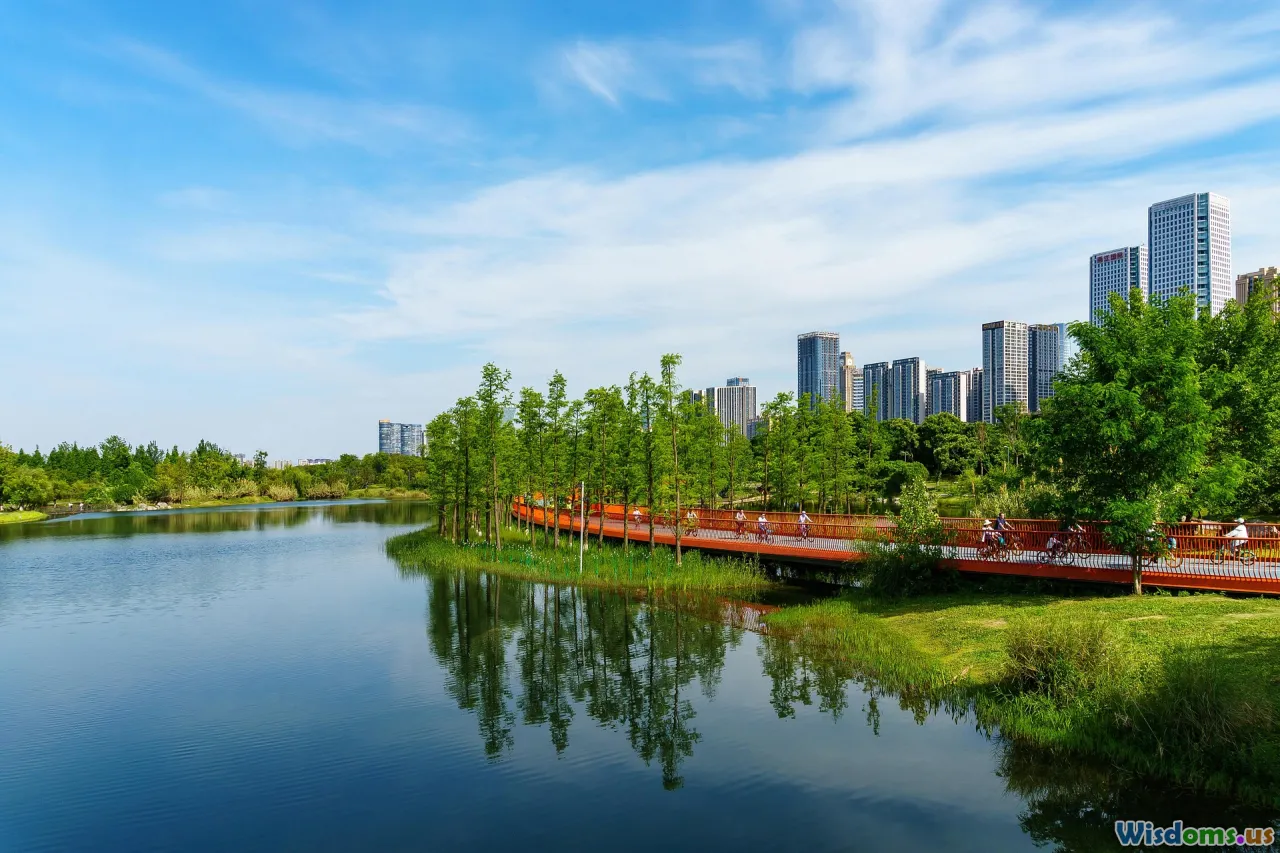
As cities get denser, the hunger for nature grows stronger. New construction is transforming rooftops and vacant lots into vital green havens.
Parks, Plazas, and Pocket Gardens
Introducing or expanding city parks plays a crucial role. The Houston "Discovery Green" project, for example, turned surface parking into 12 acres of lively lawns and shaded pathways, now adjacent to new residential towers. Residents enjoy morning yoga, food festivals, and art installations right outside their front door.
Biophilic Design and Rooftop Retreats
‘Biophilic’ design—connecting people to green, natural elements—even comes indoors. Floor-to-ceiling windows, green walls, indoor trees, and air-purifying plant installations invite wellness and vitality. Rooftop gardens not only delight with views but also help cities combat the urban heat island effect. In Chicago’s "Lathrop Homes", green rooftops and rain gardens intercept thousands of gallons of stormwater annually, doubling as community orchards.
Health and Wellness Amenities
Onsite wellness facilities—spas, fitness trails, meditation rooms—make it easier for downtown dwellers to pursue healthy lifestyles without ever leaving their building. The 2019 "Well Living Lab" study demonstrated that access to fitness and green amenities heightened happiness and productivity in urban residents.
Economic Vitality and the Return of Local Enterprise
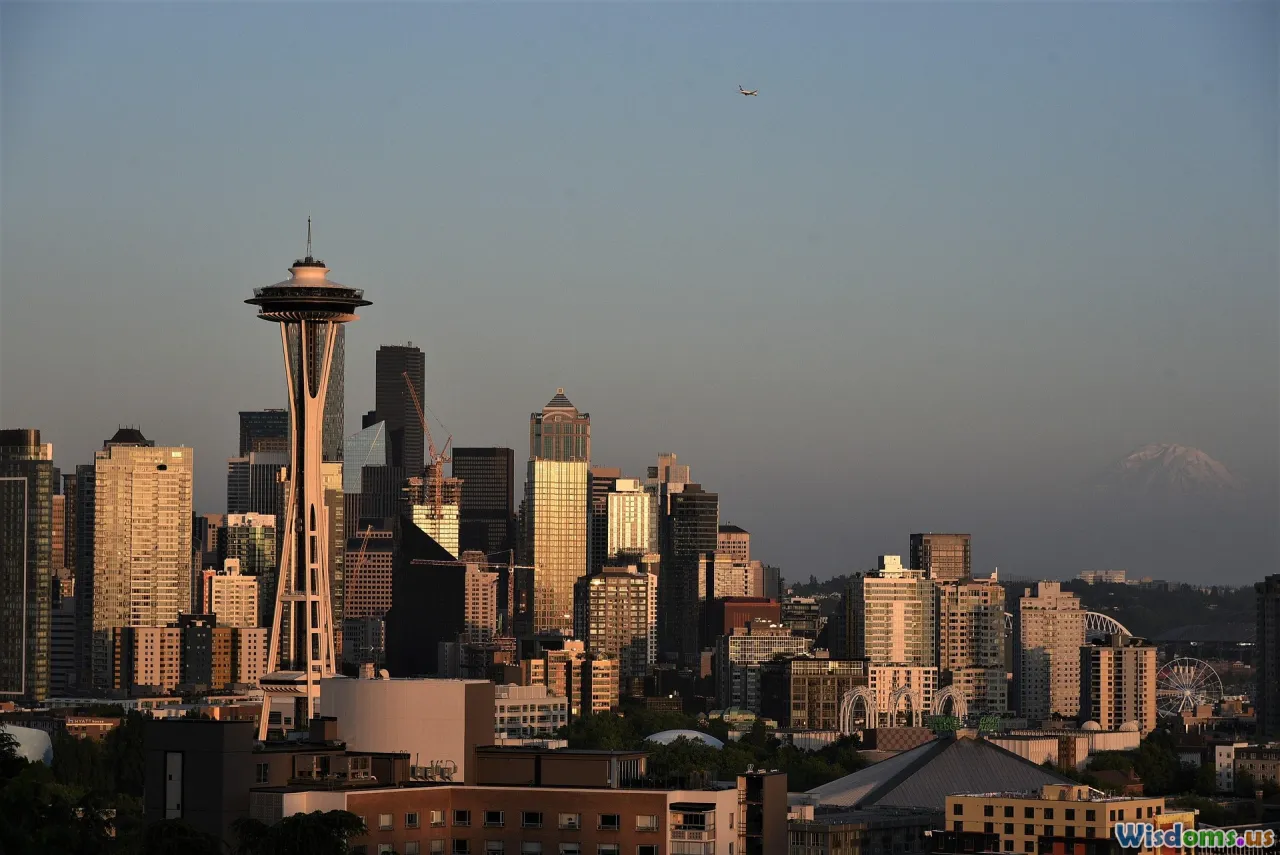
Revitalizing downtowns isn’t just about living—it’s about working, creating, and investing in the neighborhood economy.
New Construction Sparks Job Creation
Every crane and concrete pour brings short- and long-term job opportunities: construction, hospitality, retail, the arts, and professional services all thrive with an influx of new residents. According to the U.S. Bureau of Labor Statistics, mixed-use downtown redevelopments have been credited with as much as a 12% boost in local employment within five years of completion.
Flexible Spaces for Entrepreneurs
Empty downtown storefronts are vanishing thanks to new ‘flex’ zoning: coworking offices, popup cafes, and maker studios rotate through spaces as needed, keeping the ground level buzzing. Brooklyn’s Industry City, blending new build with historic factory reuse, is home to media startups, distilleries, artists, and tech firms—sometimes side by side.
Opportunities for All
The best projects ensure longtime residents and local business owners aren’t priced out by revitalization. Many cities (like Minneapolis) require that new builds dedicate a percentage of street-level retail to legacy businesses at below-market rates, strengthening continuity and local character.
Lessons Learned: Planning for the Long Term

Great downtown construction doesn't happen by accident—it’s a blend of vision, cooperation, and community engagement.
Public-Private Partnerships in Action
Governments, developers, anchor institutions, and residents must collaborate—ensuring that new projects reflect shared values and diverse needs. Cleveland’s "The 9" complex is powered by such partnerships, converting a historic bank, hotel, and office block into apartments and a vibrant nightlife hub.
Zoning Updates and Smart Incentives
Flexible zoning lets cities permit innovative uses—like live/work lofts or urban greenways—previously impossible under old codes. Strategic incentives, such as density bonuses for including affordable units or investing in infrastructure, spur the right kind of development.
Listening to Community Voices
Development is most sustainable when it takes local input seriously. Participatory design charrettes, affordable housing lotteries, and citizen advisory boards ensure regeneration benefits everyone—not just newcomers.
Downtown’s resurgence is about more than shiny buildings: it’s about deeper connections—to community, culture, the environment, and opportunity. When new construction puts people at its heart—prioritizing walkability, diversity, vitality, and wellness—it writes a story of cities not just rebuilt, but reborn for the next generation. Urban living is no longer just a trend. For many, it is a return—this time for good.
Rate the Post
User Reviews
Popular Posts










